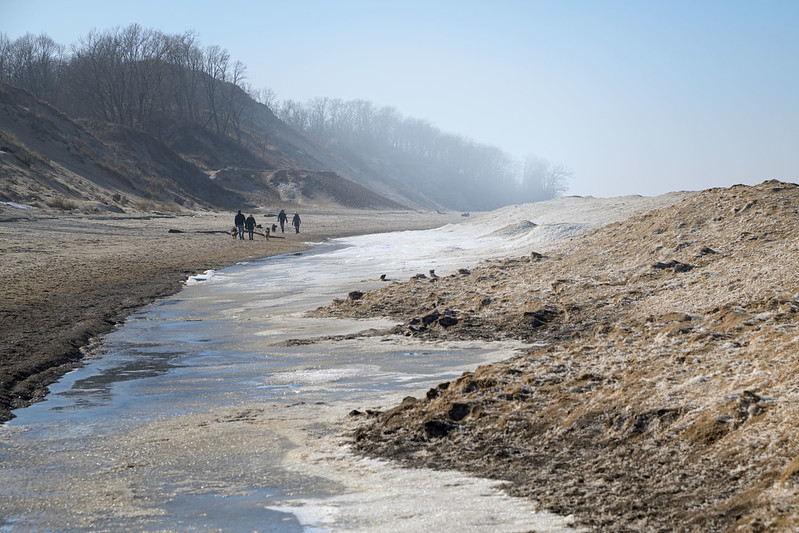
The first images of the total eclipse today, in Indianapolis, Indiana. Had to get these posted without doing any "real" editing. Most photos of the sun's extended corona are created by stacking multiple images in photoshop, but this image is just one photo. I used a computer with a poor display, and while the images looked fine to me on that display, I see they have some halo effects around them on any other monitor. QUALITY DISPLAYS ARE IMPORTANT.
Click here to see similar images processed correctly
Click here to see similar images processed correctly
Experiencing a total eclipse was something to behold, something better seen in person than in photos and stories. While images can convey the look of the sun, they can't convey the odd lighting before and after totality, the strange shadows on the ground, the cool breeze, the seemingly instant darkness, and a 360 degree sunset look in the sky.
Just before totality, some interesting effects are created by the moon. The first is the diamond ring effect, so called because the last light creates a bright spot on one end, while the edges of the moon are illuminated by the sun behind. It really does look like a diamond ring.
The second effect occurs moments before totality, the last tiny bits of light shining through the mountains of the moon, creating what's called Baily's Beads, because it looks a lot like a string of beads. This effect only lasts for a few seconds, so it can be difficult to capture well.
After totality, a second diamond ring is visible. While a bit overexposed, this one has a nice flare effect reaching out into space.
One of the best parts of viewing the eclipse was to share it with others; what others notice you may not, what you notice, they may not, and sharing this information in the moment is really special.















































